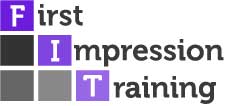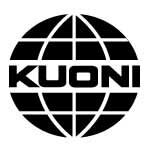If you’re going to make any investment in people development and training for your staff, you need to measure the resulting value, otherwise you can’t manage it. There are numerous ways to do this, including pre and post-training employee surveys, customer satisfaction questionnaires and ‘mystery shopping’ activities, where managers can ring in pretending to be a customer to see what your customer service is really like, both before and after customer service training.
Whatever approach you take, the most important thing is to see how the lessons are being embedded in the workplace. There’s no point investing in training if your team simply revert to what they feel comfortable with a week later. Meaningful change doesn’t happen overnight, so everyone involved needs to be clear that customer service training programmes are only the beginning of the development process – not the end!
Embedding new skills and behaviours takes time and needs commitment (from the top down), as staff need to feel fully supported in the process, which means investing in additional leadership skills training. Coaching, mentoring and ongoing customer care solutions need to be established, so that your people aren’t tempted to slip back to into their comfort zones. They need to understand that learning to deliver a positive experience for every customer will benefit them in the long run too.
Customer service training of this nature goes much deeper than just expanding people’s skill-sets – it’s about changing the culture of the frontline operation and, in turn, changing the way the organisation builds, maintains and develops its customer relationships.
This is the key to measuring the return on your investment for all your training programmes. Your company becomes profitable by achieving a high standard of customer satisfaction– so if you’ve got happy customers, your training budget is being well spent!


















